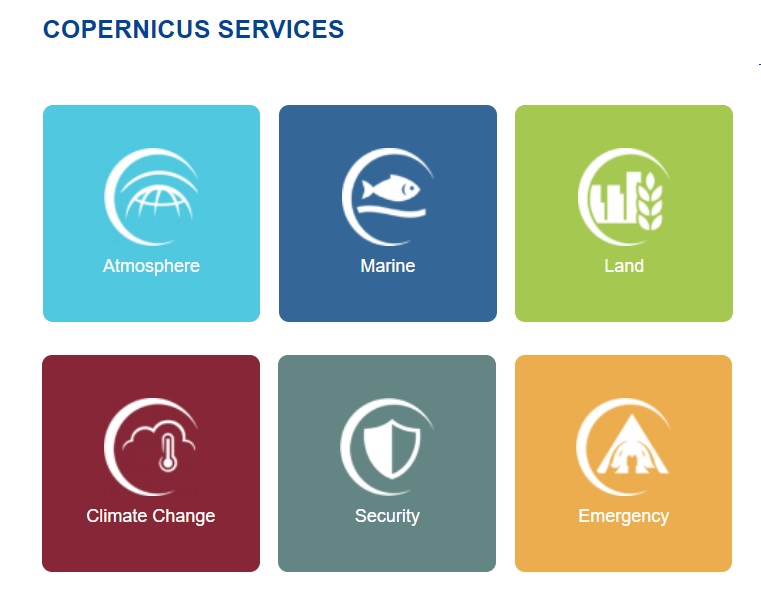What does the job involve?
As a geospatial developer, your work covers the full spectrum of processing, analyzing, and visualizing location-based data. Your responsibilities include:
- Working with geospatial data sources
You collect and analyze data from sources like satellite imagery, GPS devices, GIS platforms, and open datasets to uncover patterns and trends.
- Designing and maintaining geospatial databases
- Data entry and conversion: You ensure accurate and consistent location data.
- Data management: You organize and structure data to be reliable and accessible.
- Query optimization: You fine-tune database queries for better performance.
- System implementation: You build spatial database systems that handle large-scale geodata efficiently.
- Integrating geospatial APIs
You work with APIs like Google Maps, Mapbox, or OpenStreetMap to add interactive mapping features to apps. You may also develop custom APIs tailored to specific project needs.
These tasks make you a key player in turning spatial data into real-world solutions. Your work improves how people navigate, plan, build, and respond—making you a driving force in a more connected and informed world.
What do you need to get started?
If you’re aiming for a career as a geospatial developer, a higher professional education (HBO) degree is typically required. In addition, specialized training helps you master the tools and techniques you’ll use in the field. Recommended courses include:
- QGIS and Python
Combine the power of open-source GIS with Python to perform advanced spatial analysis and build interactive tools.
- ArcGIS and Python
Learn how to automate workflows and develop GIS applications using one of the industry’s leading platforms.
- Delphi for custom GIS development
Gain the skills to build tailored GIS solutions using Delphi programming.
At the Geo-ICT Training Center, we prepare professionals like you for real-world projects. Our developers are placed with municipalities, government agencies, engineering firms, water boards, and more. This wide range of opportunities highlights just how valuable your skills are across sectors.

